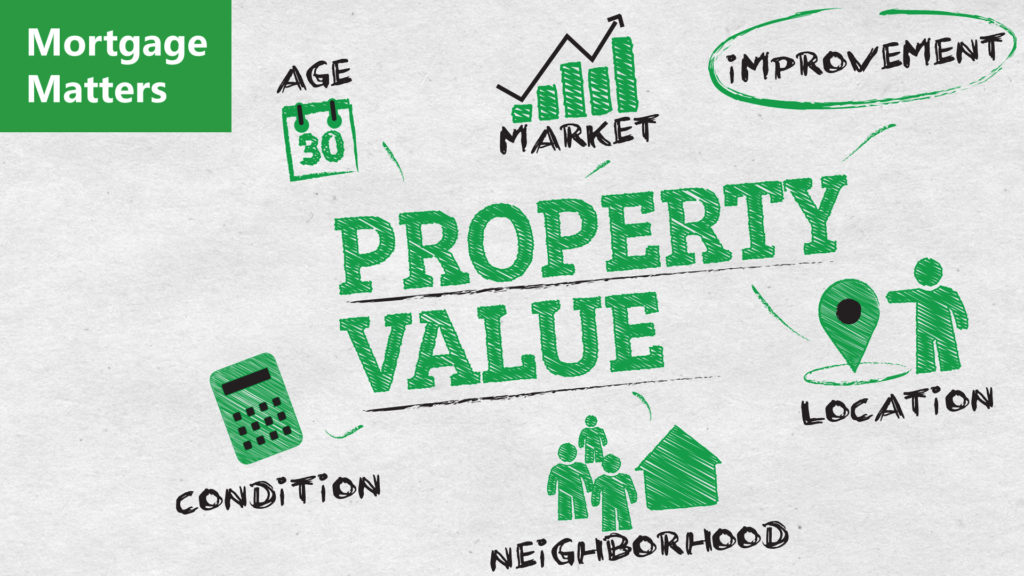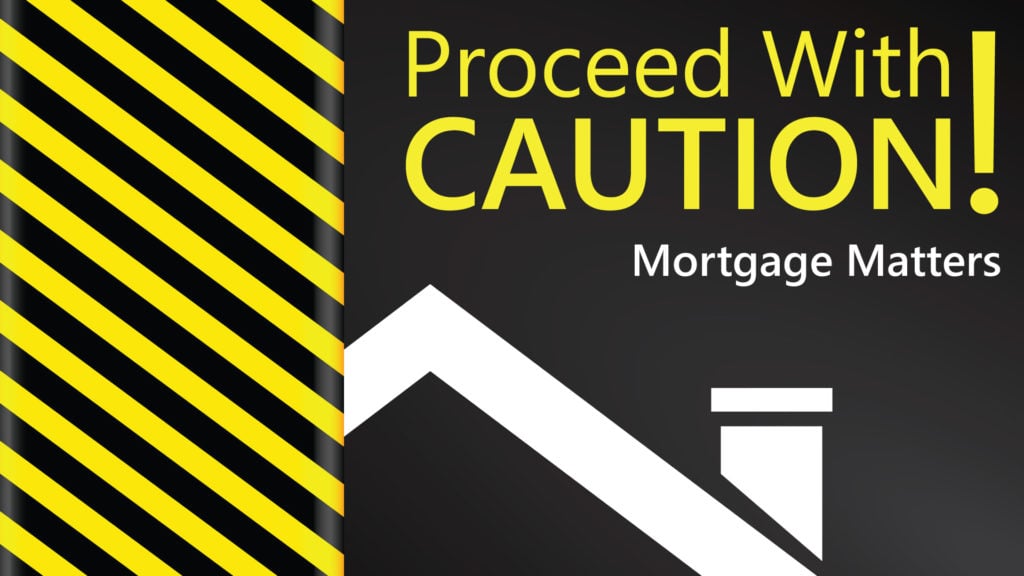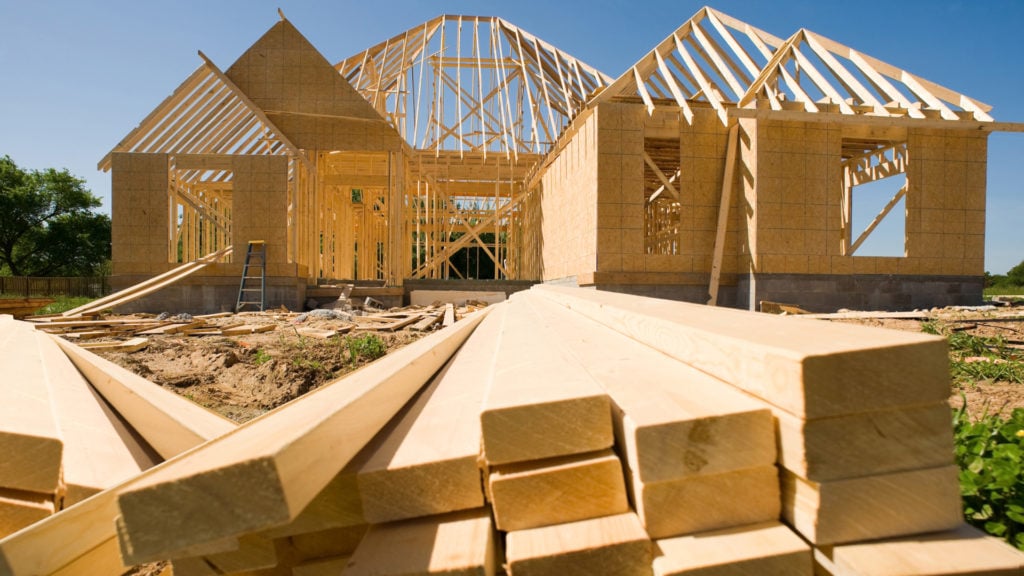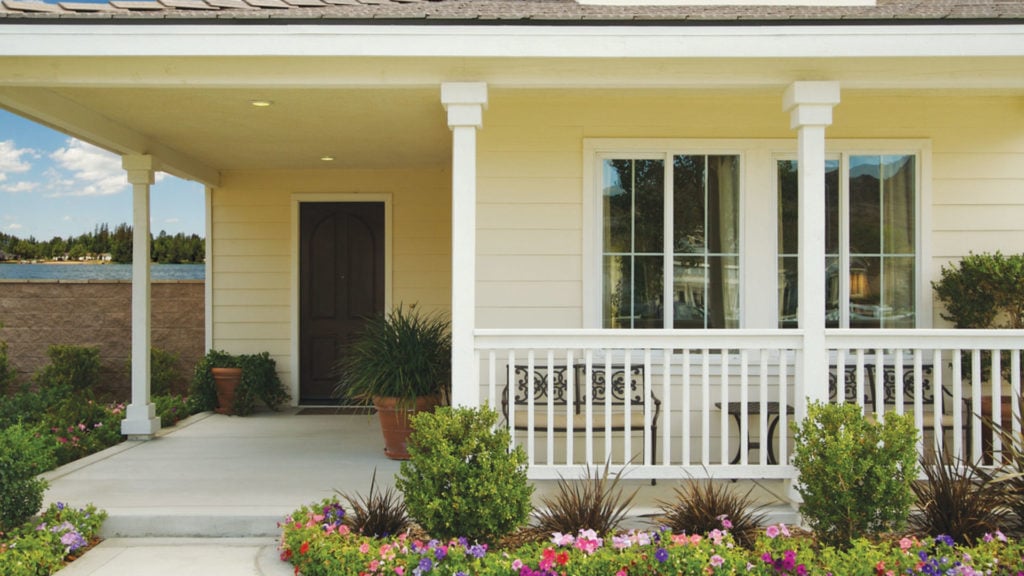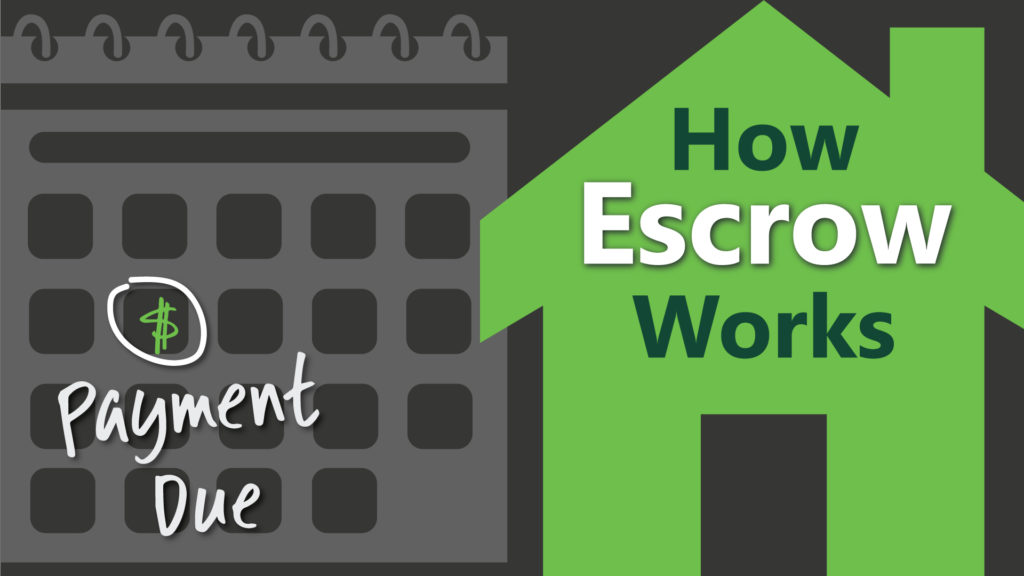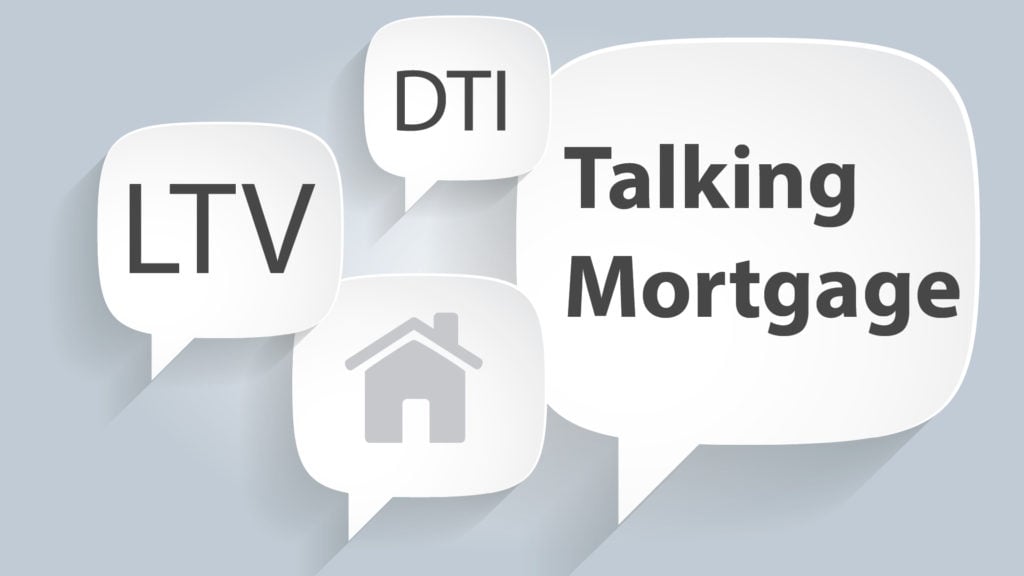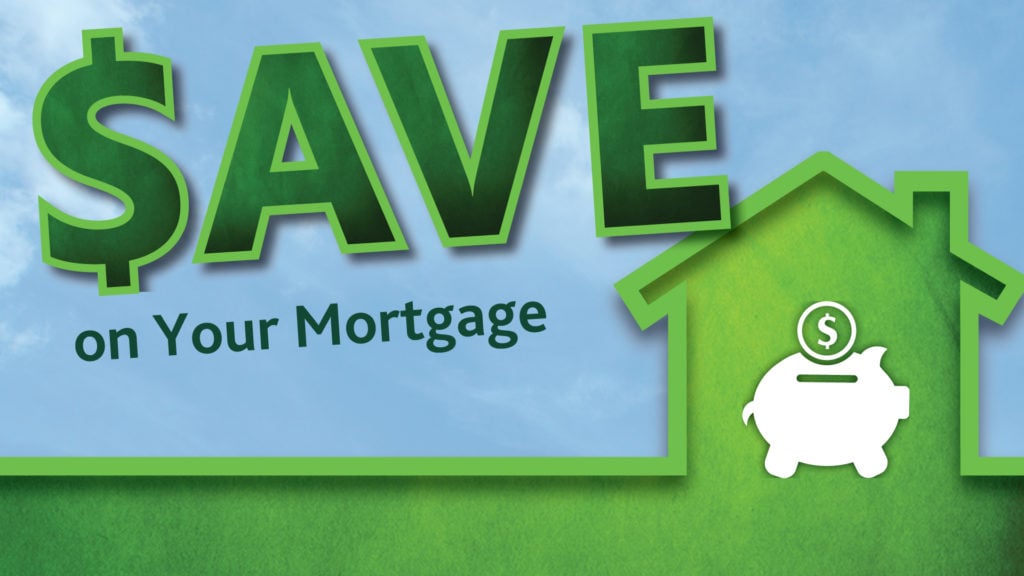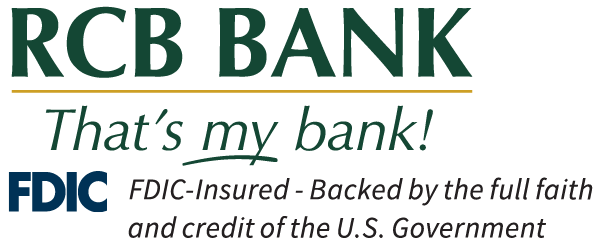
Spring has historically been the busiest time of year for the real estate market. Maybe it’s the brighter weather, greener earth or the sweet smells of blossoms blooming that stir a desire to move. Whether you are buying or selling your home, there are several ways to spring clean your finances to help improve your credit or help you get a better interest rate on your mortgage.
Consider refinancing your student loan debt.
Student loans can have high interest rates, and are frequently set up on a repayment plan based on your current income. In the case of an income-based plan, you are normally paying interest (and maybe not all the interest you accrue on a monthly basis). Some loan programs require a bank to count a percentage of the student loan balance toward your monthly debt if there is not a scheduled payment showing on your credit report. This percentage is typically more than your required payment, which increases your debt-to-income ratio and can potentially cause you not to qualify. Amortizing your loan and setting a specific repayment time will pay your student loans off over time and may boost your credit as you pay down the balance instead of it increasing due to unpaid interest.
Lower your debt-to-income ratio.
Your debt-to-income ratio is an important factor in mortgage qualification. If you have multiple credit cards payments or high interest loans, your monthly payments can be quite high. If you are able to consolidate your credit card debt or loans into one payment and lower your overall monthly cost, then you can lower your debt-to-income ratio as well.
Limit credit inquiries.
When you apply for credit, e.g. credit card or loan, the lender generally does a hard inquiry or “hard pull” on your credit. These hard inquiries may hurt your credit score, especially if you allow several of them within a short time span. When you are shopping for a mortgage, the inquiries from banks or mortgage companies made within a 14-day period should only count as one hard hit. This should not affect your credit score dramatically. It is when you are applying for a variety of credit types (car loan, furniture store, credit card, etc.) in a short time that it may hurt your credit score.
In contrast, when you check your own credit score, it is considered a soft inquiry and does not affect your credit score.
There are many ways to improve your credit, but most are going to be situation dependent. A trusted mortgage lender will be able to help you and offer guidance on how to improve your credit score. This may take a few months to a year, or it could be as quick as a few weeks depending on your personal circumstance.
The more knowledge you have about the mortgage process, available loan options and your individual qualifications, the more satisfying your homebuying experience will be. Connect with a local RCB Bank lender to get answers to your lending questions. Give us a call or visit our online Mortgage Center.
Opinions expressed above are the personal opinions of RCB Bank personnel and meant for generic illustration purposes only. With approved credit. For specific questions regarding your personal lending needs, please call RCB Bank at 855-BANK-RCB. Some restrictions apply. RCB Bank is an Equal Housing Lender and member FDIC. RCB Bank NMLS #798151.






